Phil Aynsley reveals the story behind the Münch-URS which saw great success in Europe
I was in Germany last year and had organised to photograph several bikes in a private collection. While being shown around I spotted this machine and decided that it definitely needed to be recorded!
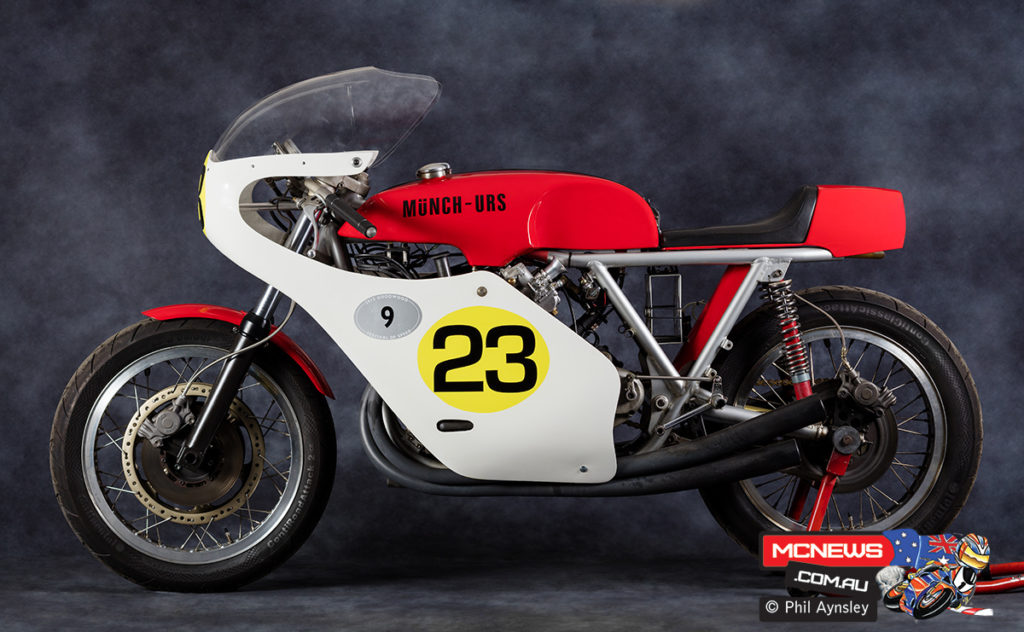
The story of the Münch-URS is a long but fascinating one. After BMW refused to continue supplying motors to sidecar racer Helmet Fath in 1962, he (in conjunction with Dr Peter Kuhn of Heidelberg University and engineer/racer Horst Owsle) began designing an advanced four cylinder, eight valve DOHC motor for his own use.
As Fath’s workshop was near the town of Ursenbach he called it the URS. 1967 was a development year but Fath won the sidecar championship in 1968 – breaking BMW’s run that had started in 1953.
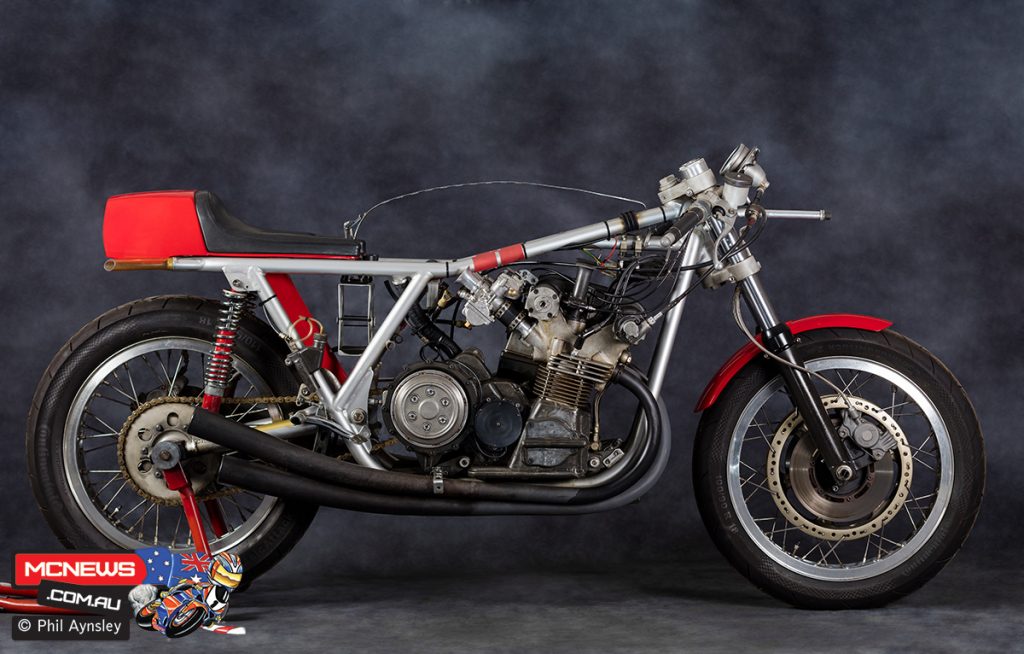
In 1969 motors were fitted to a solo Rickman-Metisse chassis (this was after John Blanchard used the motor in a Seeley frame in ’67) with Karl Hoppe winning many European international events, including the Austrian GP in which he broke Ago’s lap record. The following week he finished second to Ago at the West German GP at Hockenheim.
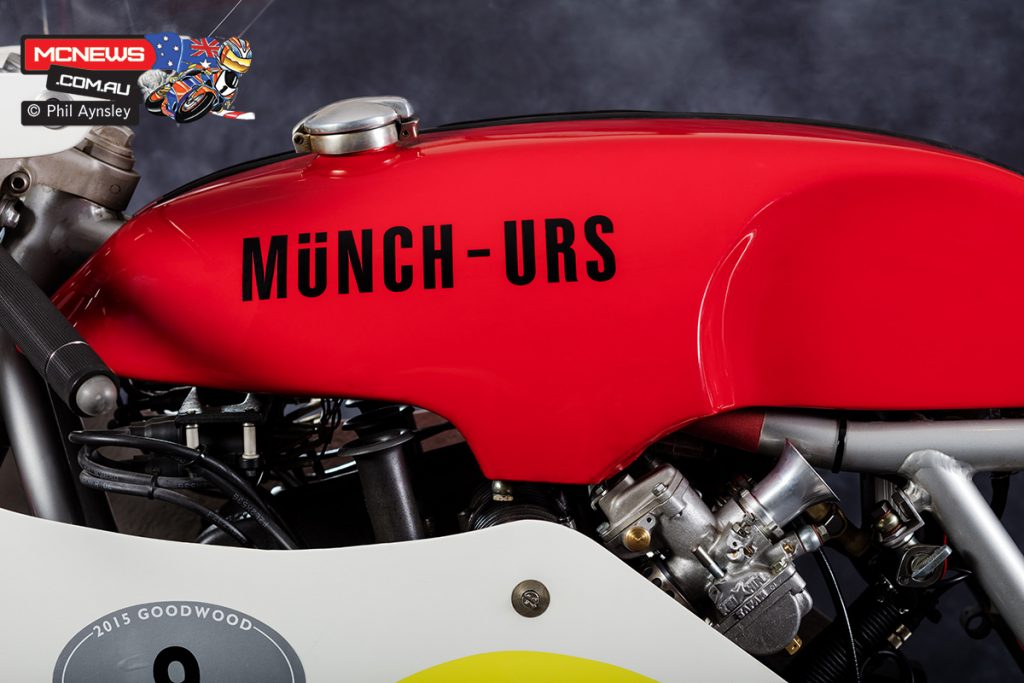
It was later in 1969 that Fath teamed up with Friedi Münch (although at this point the Münch company was owned by American George Bell) at Bell’s prompting – hence the adoption of the Münch-URS name.
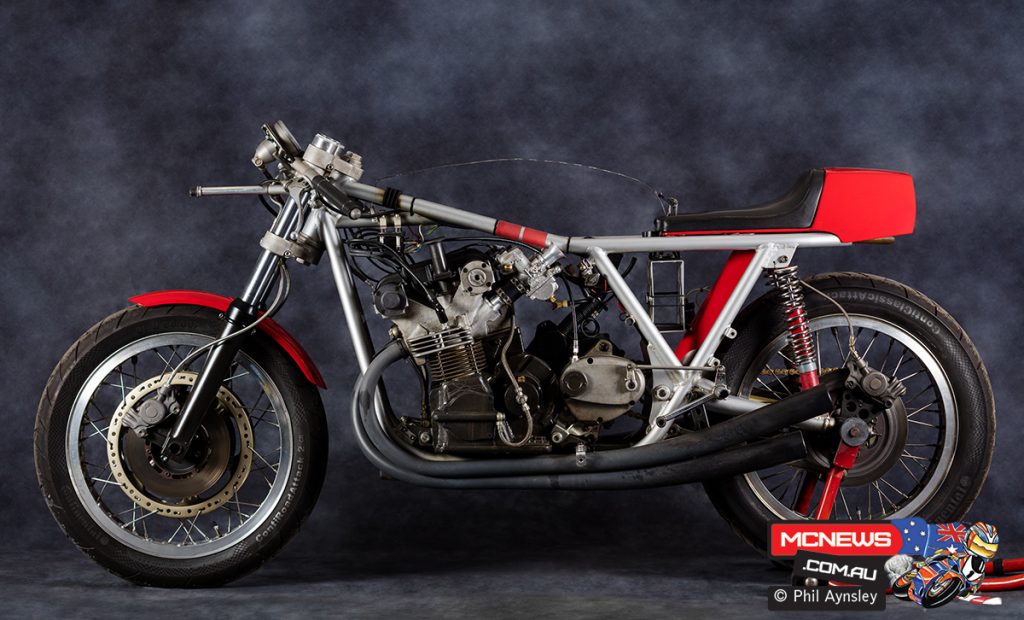
The new team designed their own chassis and their riders Kaczor and Hoppe placed 1st and 2nd in their first race, the still non-championship 1970 Austrian GP. Hoppe also finished 4th in the German GP. However after this race the team fell apart following a disagreement between Münch and Fath, with Fath and Kaczor leaving.
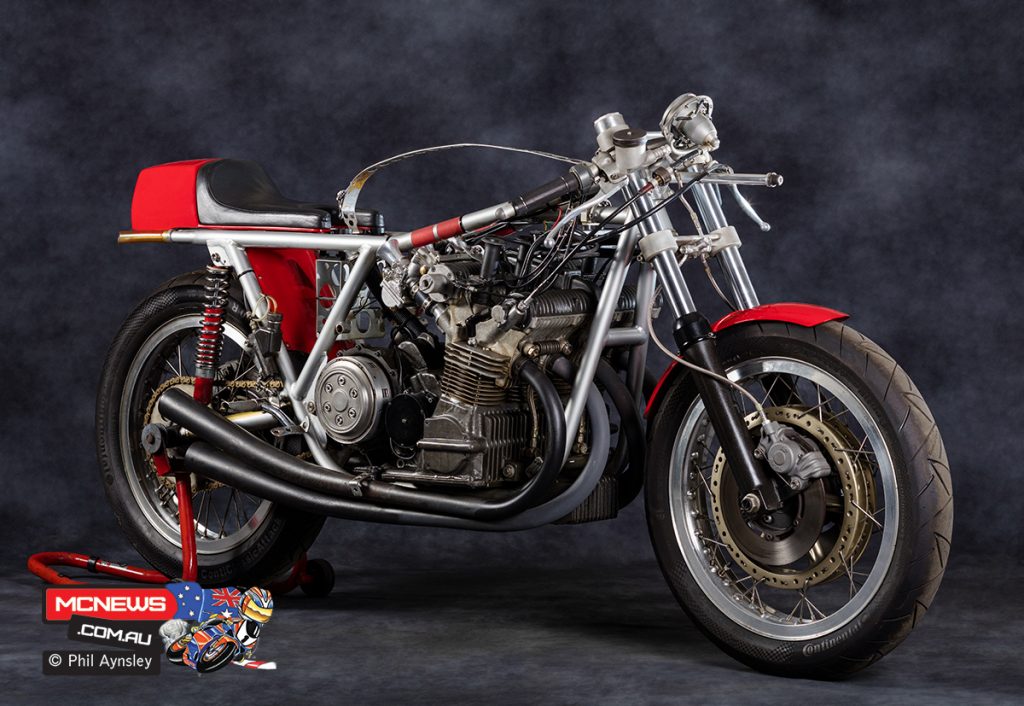
The URS motor was used by Owesle in 1971 to win that year’s sidecar title and by Chris Vincent to place 4th the following year. Tony Jefferies rode a 750cc version of the motor, in a Seely frame, also in 1971.
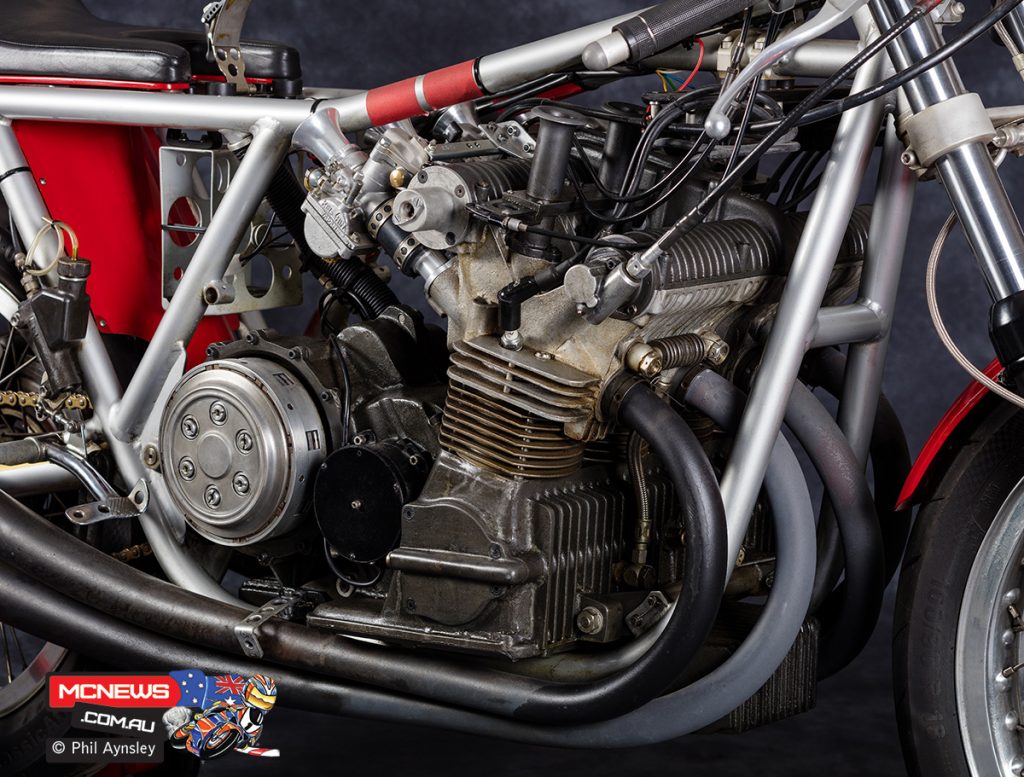
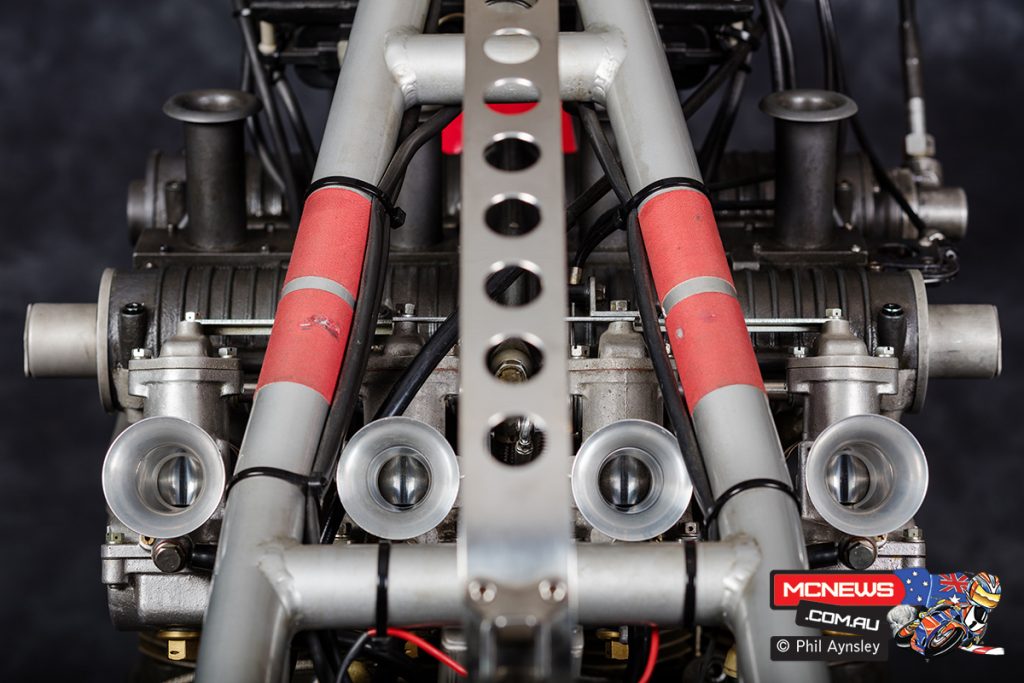
The motor had several interesting aspects. It used two seperate crankshafts (like two parallel twins next to each other) that drove a common countershaft which in turn drove the DOH cams via a chain located behind the cylinders. The right hand side of the countershaft also had the points for the ignition which featured twin plugs per combustion chamber. It also drove the 6-speed gearbox.
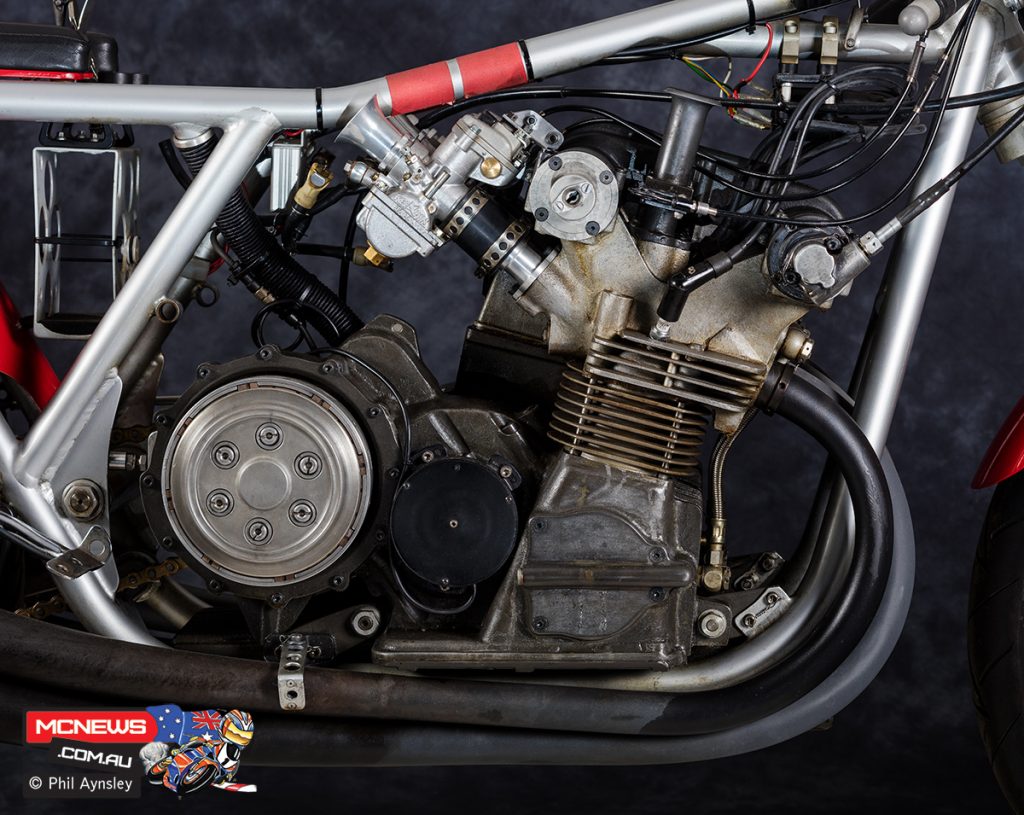
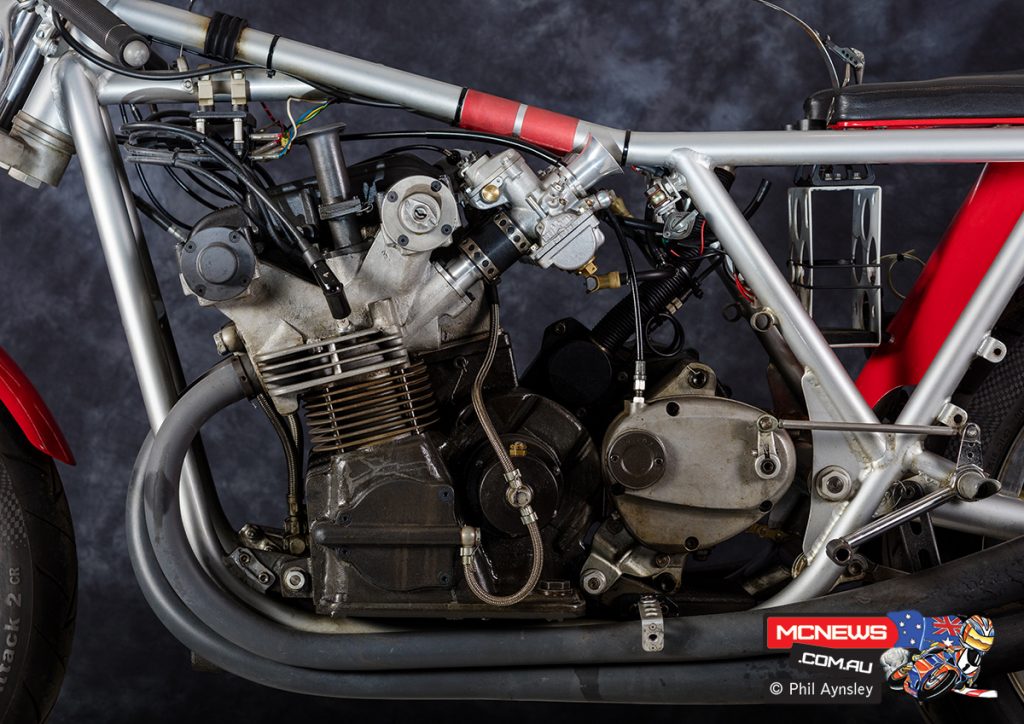
The Bosch fuel injection was the first successful use of this system on a racing motorcycle. Power was around 88hp at 12,800rpm and the motor was safe to an astronomical (for a 2-valve design) 15,000rpm. Further development by Dr Kuhn saw the fitment of additional down-draught inlet ports (for air only), Keihn carburettors and electronic ignition.

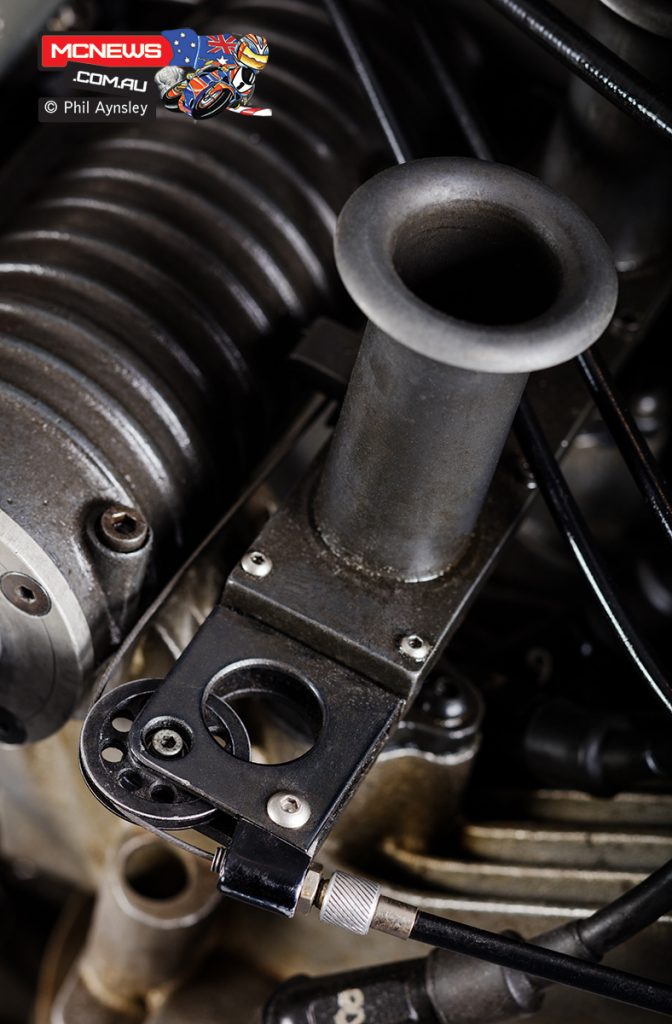
The front wheel/brake was another notable design feature.
























